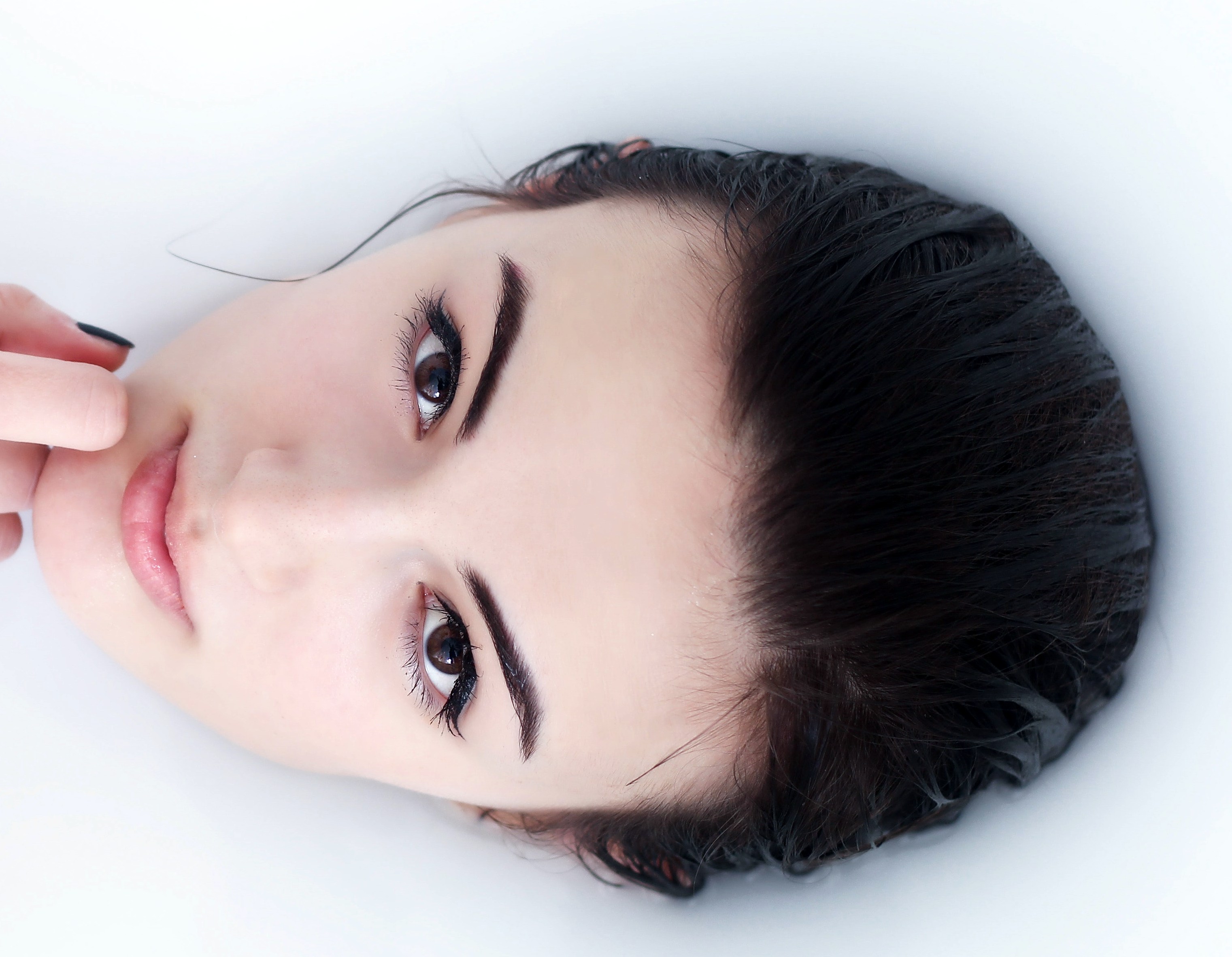DIY Facial Peels for Home Use : Types and Purposes
Apr 6th 2018

Facial peels are becoming a popular DIY home treatment as people flock to less expensive (and natural) alternatives to professionally administered skin care. A trip to a dermatologist or aesthetician for a skin peel can easily run anywhere from $80 to over $100. As long as due caution is used, you can attain the same or very similar results using these same types of peels in the comfort of your own home.
Salicylic Acid Peel
You may have seen this ingredient in acne treatment products before. It is actually quite effective at helping to clear acne. It is one of the milder types of peels that won’t cause excessive dryness or go to deep.
Salicylic acid is good for those with acne prone skin because it has some anti-inflammatory qualities along with its ability to slough off dead skin cells. It also penetrates the top layer of skin well, and gets into the pores to help clear them of acne causing bacteria and debris.
Acne prone skin is prone to redness and irritation, and excessively drying it out can really make things worse. A salicylic acid peel is a nice mild peel that can help reduce acne while revealing a fresh layer of glowy looking skin.
It’s not ideal for those looking to really shed a lot of layers of skin for anti-aging purposes. However, its mildness is really a great option for those with oily and acne prone skin.
Lactic Acid Peel
Lactic acid is another mild type of peel. You can find it combined with the next acid in our list, glycolic in a combo called “Glycolac” because they can compliment eachother well. Lactic acid is great for softening the skin and can help restore the skins natural pH balance.
If you have super sensitive skin, lactic acid is the peel for you. Using this type of peel first may be the best choice for those who are not sure how their skin might react to a peel. Lactic acid also is excellent for those with acne as it can help soften scarring and won’t produce excessive redness or irritation.
Glycolic Acid Peel
A glycolic acid peel can be fairly serious business. This is an acid that has the capability to penetrate several layers of skin. Depending on the strength purchased, it is wise to really stick to the directions when using a peel of this magnitude.
Glycolic acid peels are best for addressing acne scarring such as pitting and ice pick scars. It also is great for softening wrinkles and fine lines. Age spots, liver spots and other types of sun damage can also be greatly improved by using this peel. If you feel you need an acid peel that goes even deeper, read on.
TCA (Trichloracetic Acid) Peel
TCA peels can go very, very deep. This variety of acid peel is probably one of the deepest you can get for at home use. When used with great caution, the outcome can be very dramatic over time. However, this type of peel is definitely not for every skin type.
Those with sensitive skin may not be able to use it as it is very potent and you will definitely feel this one. Almost upon application, one will experience a burning sensation. Of course, depending on the strength of TCA purchased, the burning sensation will be either tolerable, or rather painful and/or uncomfortable.
TCA peels are excellent for helping to soften wrinkles, crows feet, darkened sun spots on fair skin, and skin discolorations from sun damage or melasma. There are also studies on TCA peels and topical skin cancer (basal cell carcinoma) prevention.
After use of a TCA peel, one may experience quite a bit more sun sensitivity, so extra sunscreen is a must. You also may experience a lot of tightness and dryness.
It is imperative you keep the skin deeply moisturized and protected over the next week or two as you skin begins to shed layers. Within days of a TCA peel, you will start to see the skin form a brittle layer that may be peeled off once it is loose and easy to pull away.
Never try to speed up this process as you always want your skin to be absolutely ready to flake off before helping it along. This helps prevent any bleeding or scabbing due to the skin under the newly formed “scale” not being 100% ready to be exposed.
So, there you have it, some of the top types of peels you can easily DIY in your own home. These peels can be a really cost effective way to mimic the faster skin cell turnover we experience in our youth. They can also help address photo-aging and other common skin complaints such as scarring and acne when they are used properly and regularly.
